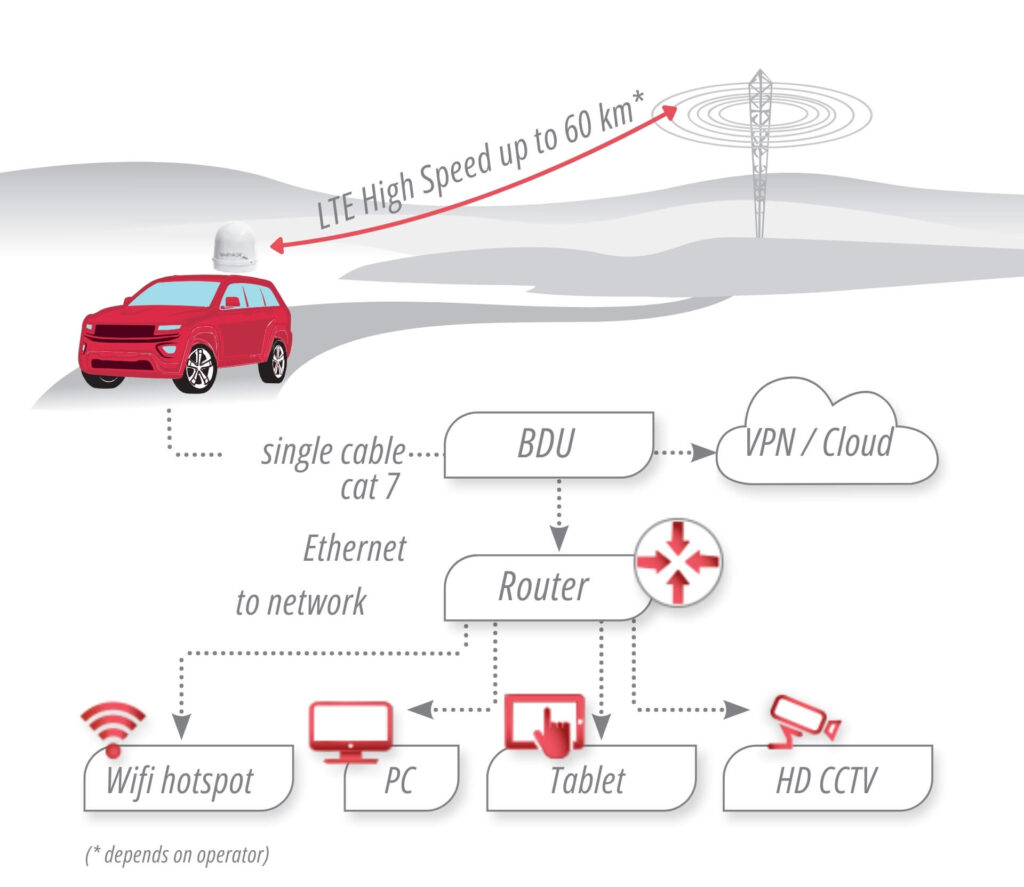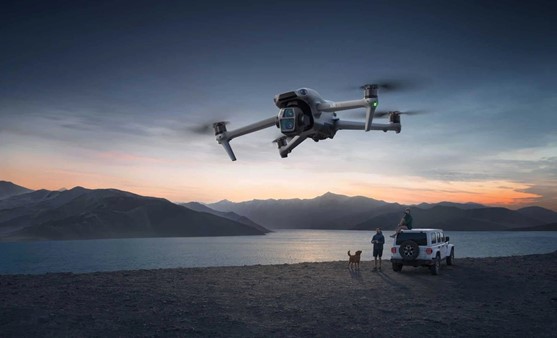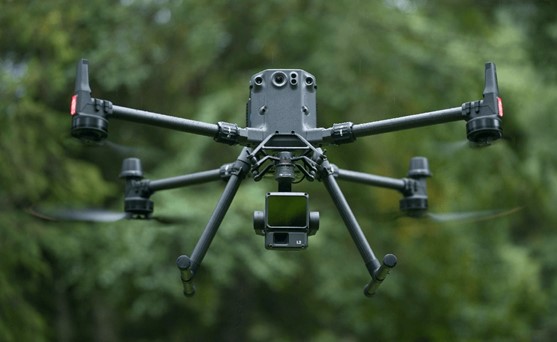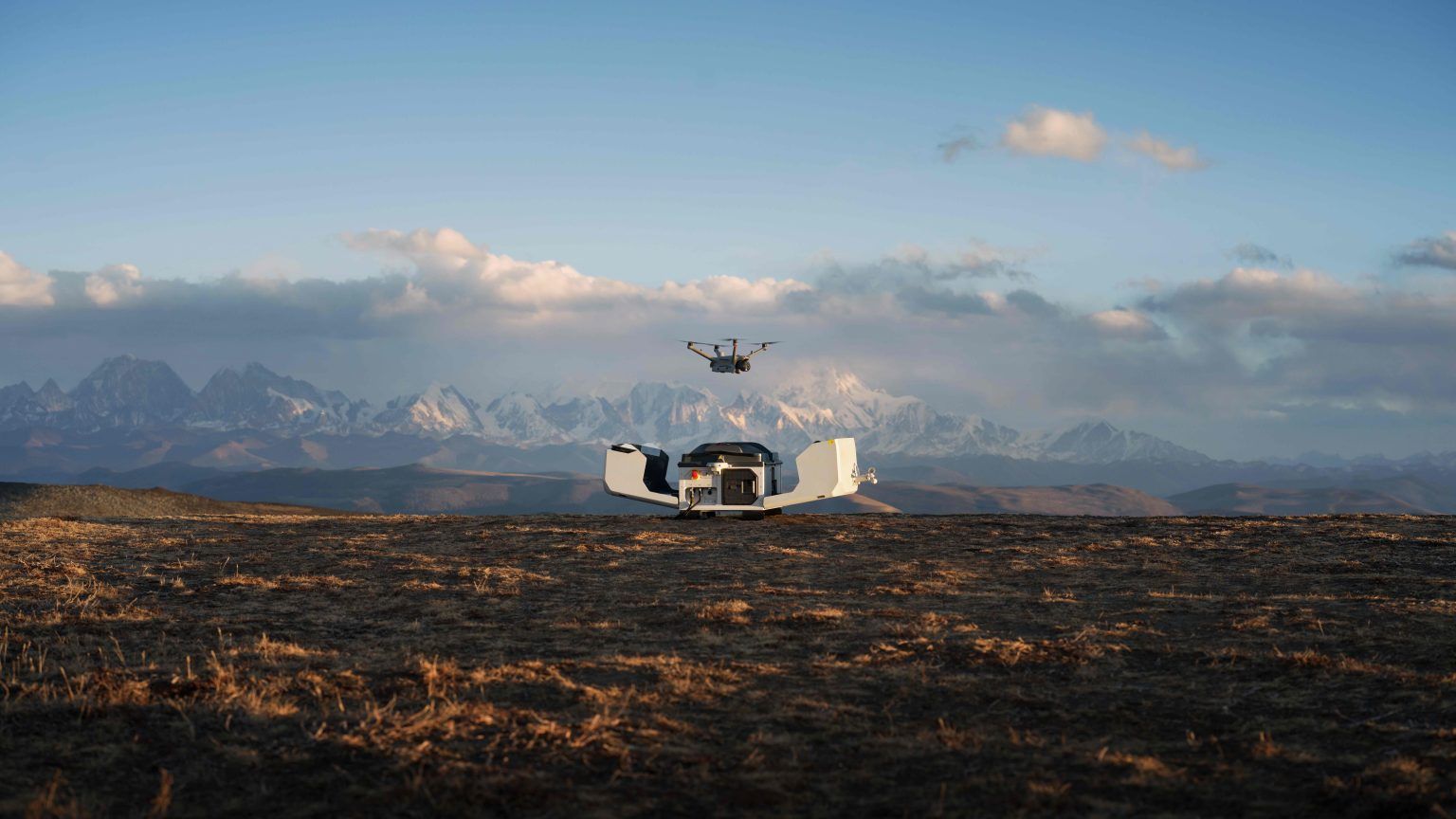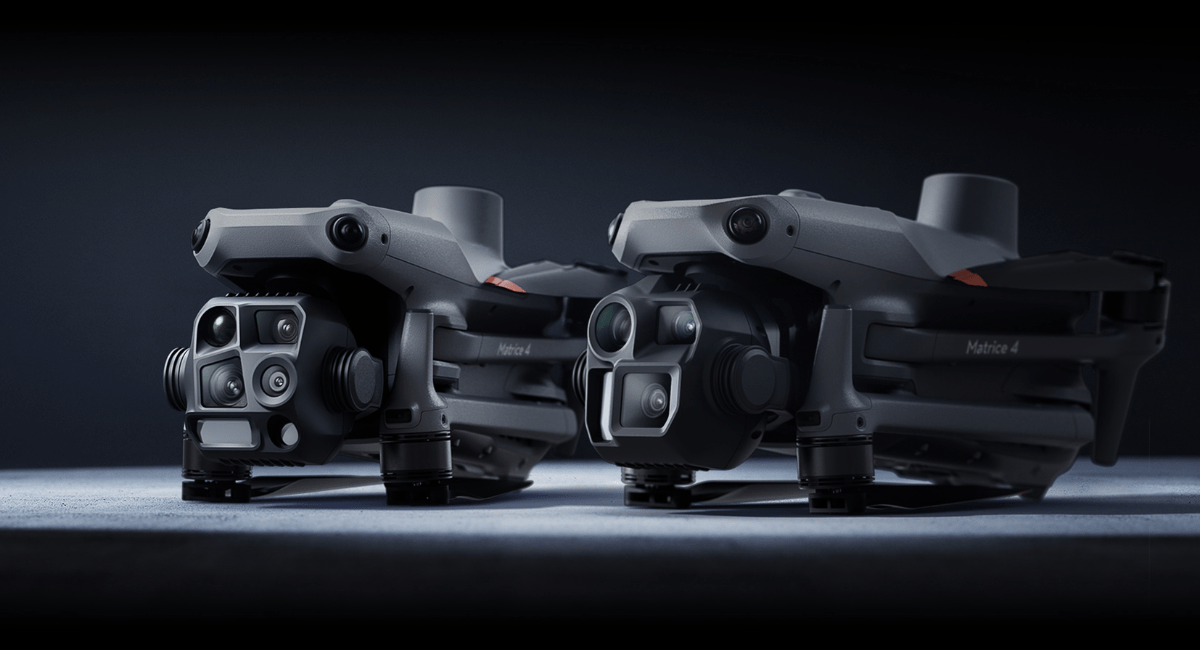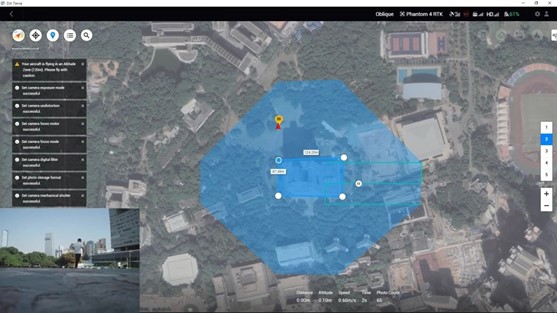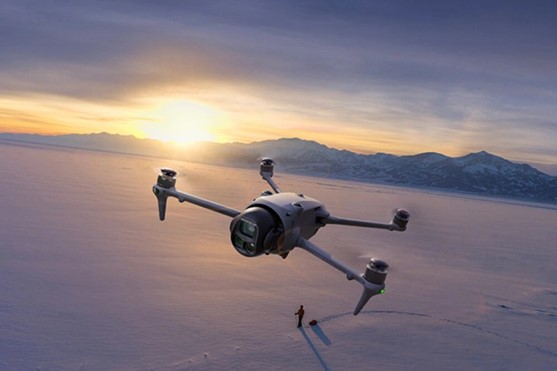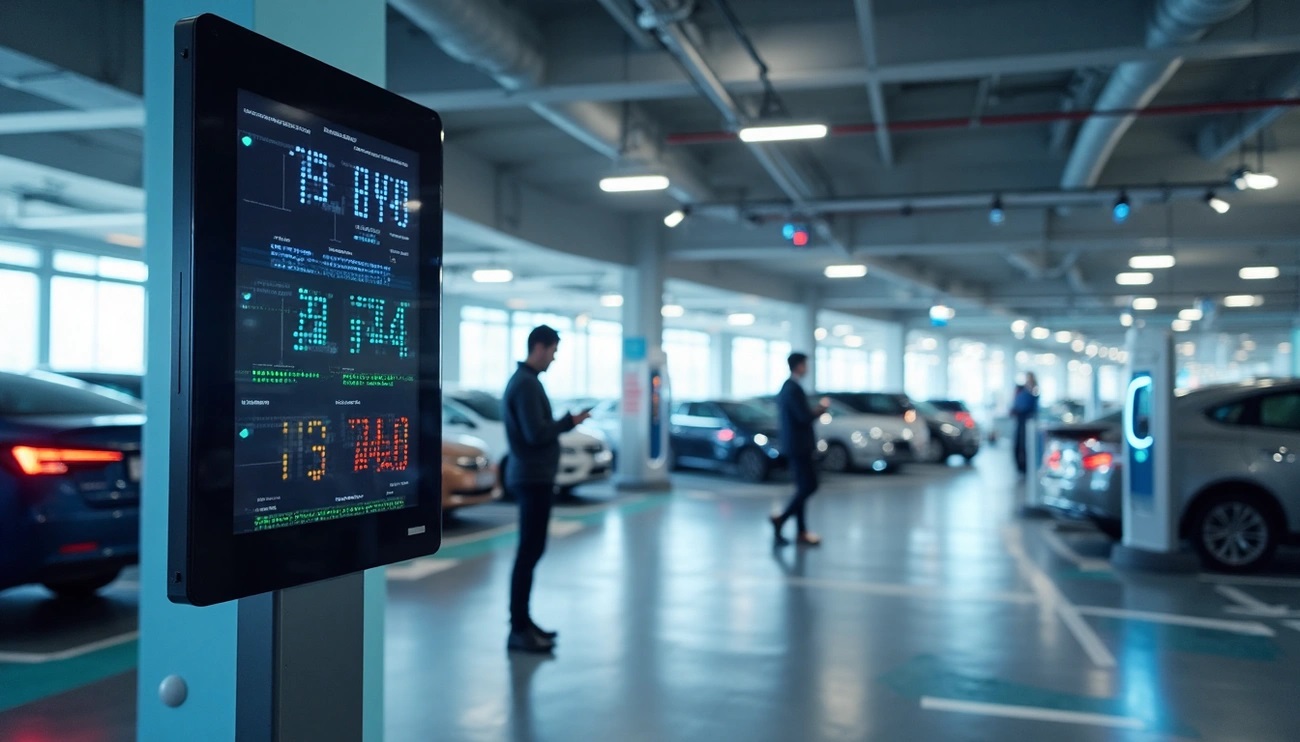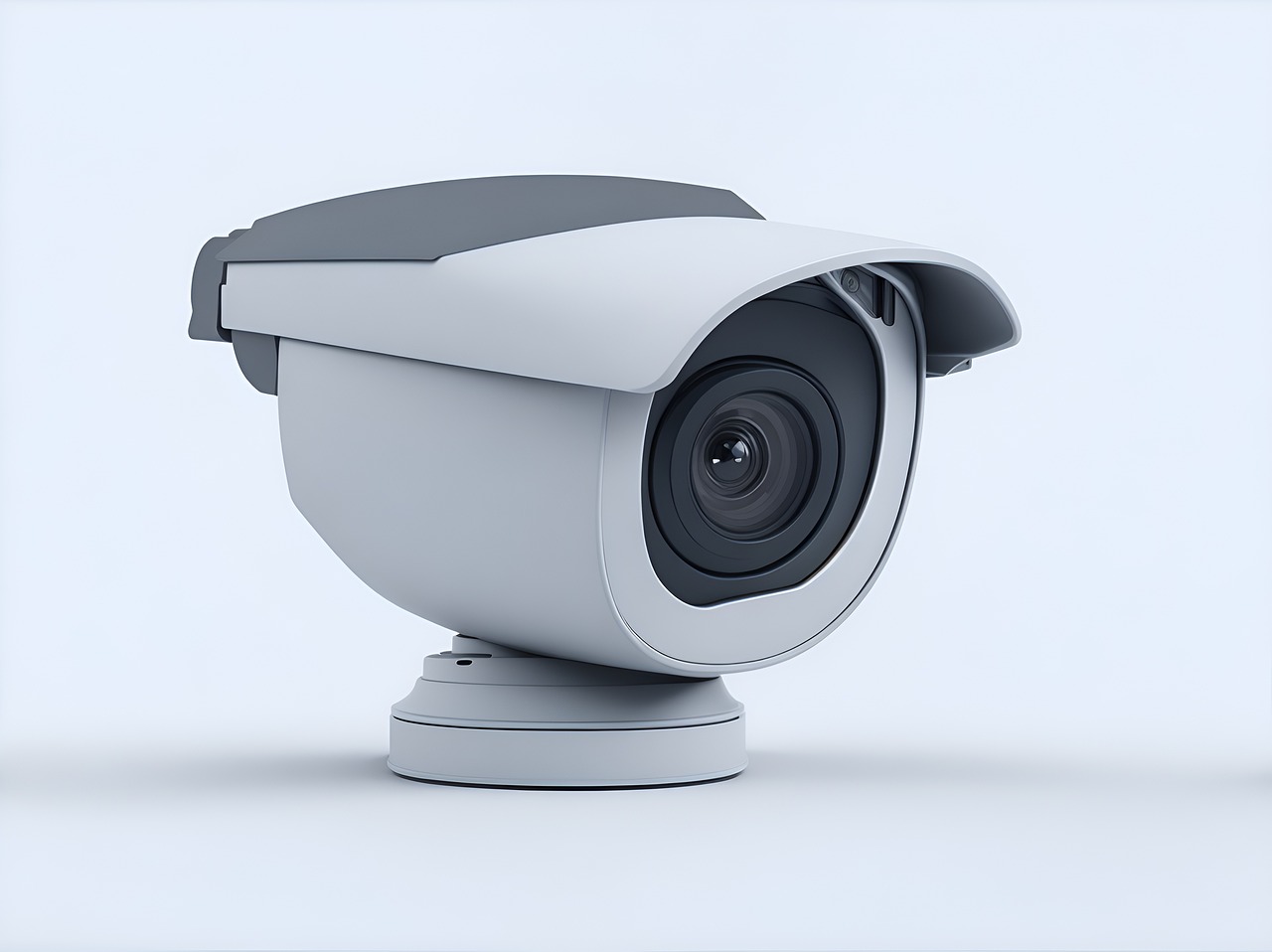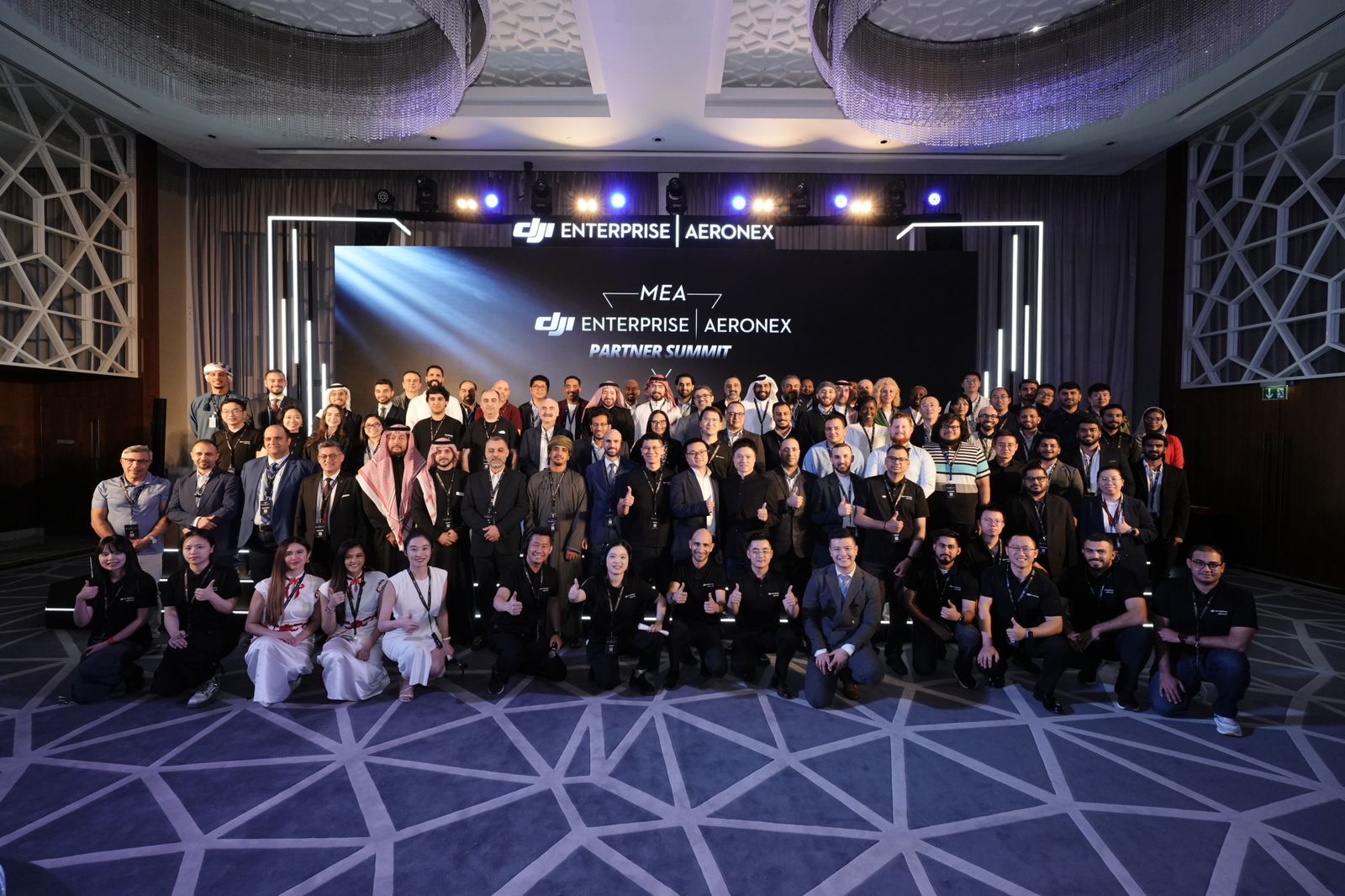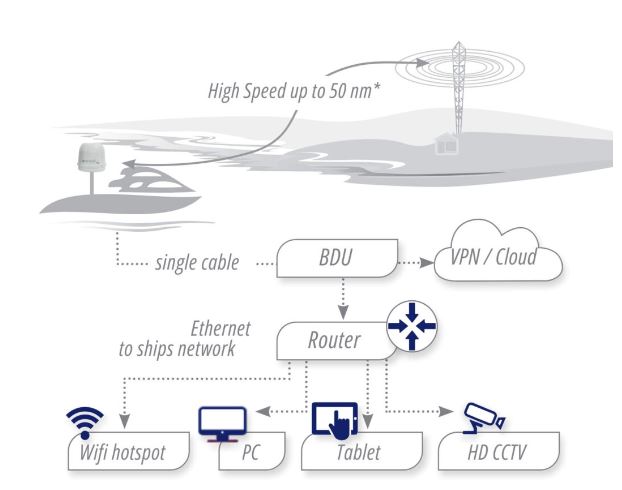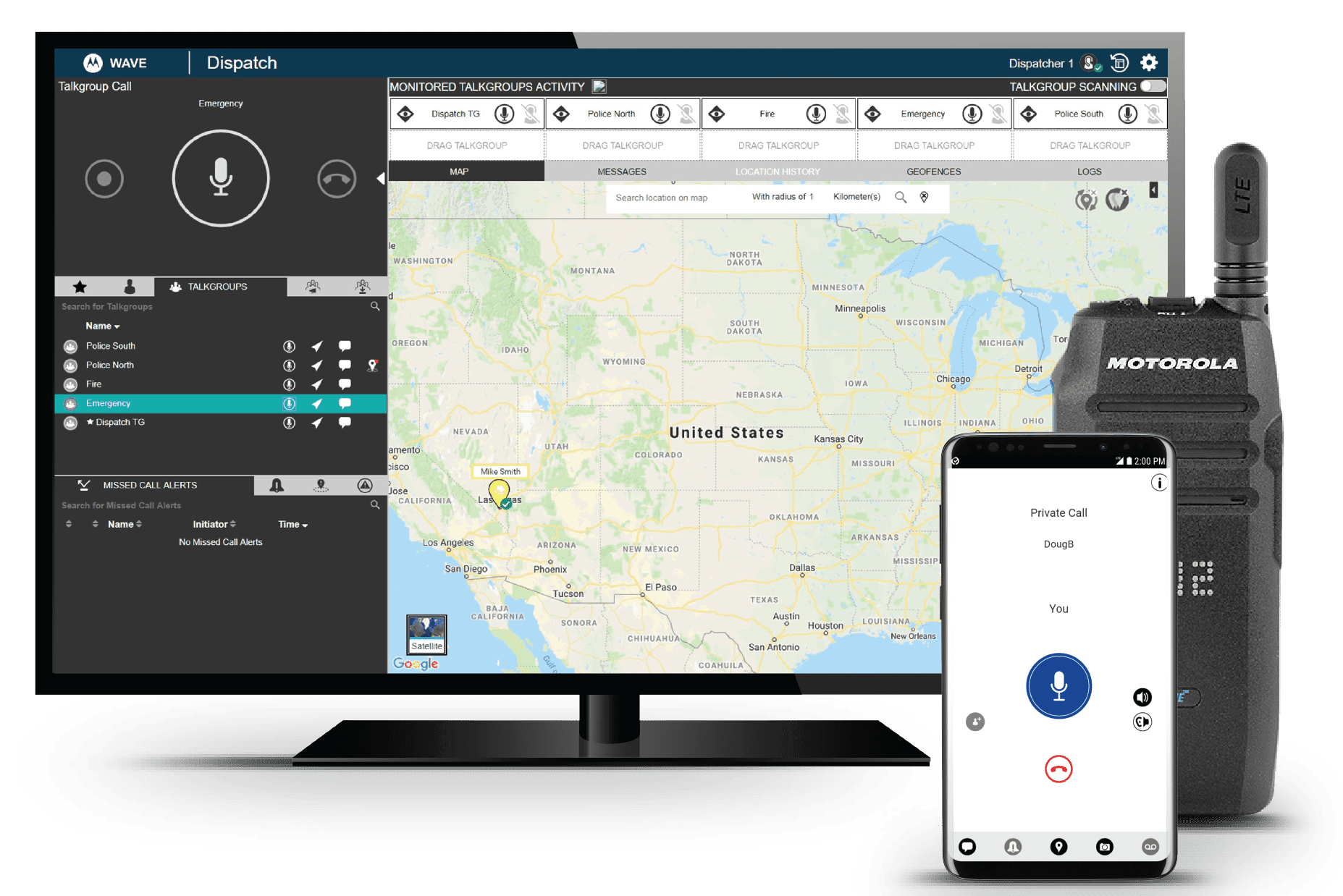In today’s hyper-connected world, the demand for reliable, high-speed internet access has never been greater. Whether you’re traversing remote landscapes, sailing across vast oceans, or simply seeking to stay connected in areas with limited infrastructure, the need for robust long range mobile communication solutions is paramount. This article delves into the cutting-edge technology that’s reshaping the landscape of mobile connectivity, offering unprecedented range, speed, and reliability for users on the move.
As we embark on this exploration of long range mobile communication, we’ll uncover the innovative systems that are bridging the gap between urban connectivity and the great outdoors. From state-of-the-art LTE and 5G networks to satellite-based solutions, we’ll examine how these technologies are revolutionizing the way we stay connected, no matter where our adventures take us.
Join us as we navigate through the intricacies of modern mobile communication systems, their applications, and the transformative impact they’re having on industries and individuals alike. Whether you’re a tech enthusiast, a business professional, or simply curious about the future of connectivity, this comprehensive guide will provide valuable insights into the world of long range mobile communication.
The Evolution of Mobile Communication
The journey of mobile communication has been nothing short of remarkable. From the early days of analog cellular networks to today’s advanced digital systems, the industry has witnessed exponential growth and innovation.
The Increasing Demand for Long Range Solutions
As our world becomes more interconnected, the need for long range mobile communication solutions has grown exponentially. Traditional cellular networks, while effective in urban areas, often fall short in remote or challenging environments. This gap has spurred the development of innovative technologies designed to extend connectivity far beyond the reach of conventional systems.
Industries such as maritime, aviation, and remote resource extraction have been at the forefront of driving this demand. The ability to maintain reliable communication links across vast distances or in isolated locations is not just a convenience but often a critical necessity for safety, operational efficiency, and productivity.
Challenges in Extending Mobile Coverage
Extending mobile coverage to remote or challenging areas presents a unique set of obstacles. Geographical barriers, such as mountains or dense forests, can impede signal propagation. The cost of infrastructure deployment in sparsely populated regions often makes traditional network expansion economically unfeasible.
Moreover, power constraints in remote locations pose additional challenges, requiring innovative solutions for energy-efficient communication systems. These hurdles have pushed engineers and researchers to develop creative approaches to long range mobile communication, leveraging advanced antenna designs, satellite technology, and intelligent network architectures.
Understanding Long Range Mobile Communication Technology
Long range mobile communication technology encompasses a diverse array of systems and techniques designed to extend connectivity over vast distances or in challenging environments. At its core, this technology aims to overcome the limitations of traditional cellular networks, providing reliable communication links where conventional systems fall short.
Key Components of Long Range Systems
Long range mobile communication systems typically consist of several key components working in harmony:
- Advanced Antennas: Specialized antenna designs that can capture and transmit signals over extended distances.
- High-Power Transmitters: Capable of broadcasting signals with sufficient strength to cover large areas.
- Sensitive Receivers: Engineered to detect and process weak signals from distant sources.
- Intelligent Signal Processing: Algorithms that can extract meaningful data from noisy or degraded signals.
- Robust Network Infrastructure: Designed to handle the unique challenges of long range communication.
These components work together to create systems that can maintain connectivity across challenging terrains, over open water, or in remote locations far from traditional cellular infrastructure.
Frequency Bands and Their Impact on Range
The choice of frequency band plays a crucial role in determining the range and characteristics of a mobile communication system. Lower frequencies, such as those in the VHF and UHF bands, tend to propagate further and penetrate obstacles more effectively. However, they offer limited bandwidth, which can constrain data rates.
Higher frequencies, like those used in 5G millimeter-wave systems, can support much higher data rates but have limited range and are more susceptible to atmospheric attenuation. Long range systems often employ a combination of frequency bands to balance coverage, capacity, and performance.
MIMO Technology in Long Range Communication
Multiple-Input Multiple-Output (MIMO) technology has emerged as a game-changer in long range mobile communication. By using multiple antennas at both the transmitter and receiver, MIMO systems can significantly improve signal quality, increase data rates, and extend range.
MIMO technology works by exploiting multipath propagation, turning what was once considered a drawback of wireless communication into an advantage. This approach allows for spatial multiplexing, where multiple data streams are transmitted simultaneously, dramatically increasing channel capacity.
In long range applications, MIMO can help overcome signal fading and interference, enhancing reliability and extending the effective range of communication links. Advanced MIMO configurations, such as Massive MIMO, are poised to play a crucial role in future long range mobile communication systems, particularly in 5G and beyond.
Major technologies for long-range communication
Satellite-Based Mobile Communication
Satellite-based mobile communication represents a pivotal technology in extending connectivity to the most remote corners of the globe. This system overcomes the limitations of terrestrial networks by leveraging orbiting satellites to relay signals across vast distances.
Types of Satellite Systems
There are several types of satellite systems used for mobile communication, each with its own characteristics and applications:
- Geostationary Earth Orbit (GEO) Satellites: Positioned about 35,786 km above the Earth’s equator, these satellites appear stationary relative to the ground. They offer wide coverage but with higher latency due to the distance signals must travel.
- Medium Earth Orbit (MEO) Satellites: Orbiting at altitudes between 2,000 and 35,786 km, MEO satellites provide a balance between coverage and latency. They’re often used in navigation systems like GPS.
- Low Earth Orbit (LEO) Satellites: These satellites orbit at altitudes below 2,000 km. LEO constellations, consisting of numerous small satellites, are becoming increasingly popular for providing global, low-latency broadband internet.
Terrestrial Long Range Technologies
While satellite systems offer global coverage, terrestrial long range technologies play a crucial role in providing robust, high-capacity connectivity over extended distances on the ground. These systems leverage advanced radio technologies and intelligent network architectures to extend the reach of mobile communication beyond traditional cellular boundaries.
LTE-Advanced and 5G for Extended Range
LTE-Advanced (LTE-A) and 5G technologies are not just about increasing speeds in urban areas; they also incorporate features specifically designed to enhance range and coverage:
- Carrier Aggregation: Combines multiple frequency bands to increase bandwidth and improve signal robustness.
- Enhanced MIMO: Advanced antenna configurations that improve signal quality and extend coverage.
- Beamforming: Focuses radio signals in specific directions, increasing range and reducing interference.
- Low-Band 5G: Utilizes lower frequencies (e.g., 600-700 MHz) for improved coverage and building penetration.
These technologies enable operators to extend high-speed data services to suburban and rural areas more efficiently than previous generations of mobile networks.
Antenna Technologies for Long Range Communication
Antennas play a pivotal role in long range mobile communication, acting as the critical interface between devices and the wireless medium. Advanced antenna technologies are key to overcoming the challenges of distance, interference, and signal attenuation.
High-Gain Antenna Designs
High-gain antennas are essential for extending the range of wireless communications:
- Yagi-Uda Antennas: Directional antennas with high gain, commonly used in point-to-point links.
- Parabolic Reflectors: Offer very high gain and directionality, ideal for long-distance, fixed-point communications.
- Phased Array Antennas: Consist of multiple antenna elements that can be electronically steered, offering flexibility and high gain.
These designs focus radio energy in specific directions, significantly increasing the effective range of communication systems.
Applications of Long Range Mobile Communication
Long range mobile communication technologies are finding applications across a wide spectrum of industries and scenarios, revolutionizing connectivity in areas previously considered out of reach. These systems are enabling new possibilities and improving operations in various sectors.
Maritime and Offshore Communications
The maritime industry has been a significant beneficiary of long range mobile communication:
- Ship-to-Shore Communication: Enables real-time data exchange, improving navigation, weather forecasting, and operational efficiency.
- Crew Welfare: Provides internet access and communication links for crew members, enhancing quality of life at sea.
- Remote Monitoring: Allows for real-time tracking of vessel performance, cargo conditions, and environmental parameters.
- Safety and Emergency Response: Facilitates rapid communication during emergencies, enhancing maritime safety.
Offshore oil and gas platforms also rely heavily on these technologies for operational communication, safety systems, and data transmission.
Remote Industrial and Agricultural Applications
Long range communication is transforming industrial and agricultural operations in remote areas:
- Smart Agriculture: Enables precision farming techniques through remote sensing and automated irrigation systems.
- Mining Operations: Facilitates communication in deep mines and remote extraction sites, improving safety and efficiency.
- Forestry Management: Supports remote monitoring of forest health, fire detection, and logging operations.
- Pipeline Monitoring: Enables real-time monitoring of oil and gas pipelines across vast distances.
These applications leverage the extended range to bring connectivity to areas where traditional infrastructure is impractical or cost-prohibitive.
Emergency and Disaster Response
Long range mobile communication plays a crucial role in emergency situations and disaster response:
- Rapid Deployment: Portable long range systems can quickly establish communication networks in disaster-stricken areas.
- Interoperability: Facilitates coordination between different emergency response agencies.
- Situational Awareness: Enables real-time sharing of critical information and updates during evolving crisis situations.
- Search and Rescue: Supports communication in remote areas during search and rescue operations.
The reliability and extended reach of these systems make them invaluable tools for maintaining communication links when traditional infrastructure is compromised or non-existent.
Conclusion
Long range mobile communication stands at the forefront of technological innovation, bridging vast distances and connecting the unconnected. From the depths of the oceans to remote wilderness areas, these technologies are reshaping how we communicate, work, and respond to challenges in an increasingly interconnected world.
As we’ve explored throughout this article, the field encompasses a diverse array of technologies, from advanced terrestrial networks to cutting-edge satellite systems. Each approach brings its own strengths and challenges, contributing to a rich ecosystem of connectivity solutions.
The applications of long range mobile communication are as varied as they are impactful. From enhancing maritime safety to revolutionizing agriculture, from supporting critical industrial operations to enabling rapid disaster response, these technologies are proving indispensable across numerous sectors.
As we stand on the cusp of this exciting future, one thing is clear: long range mobile communication will continue to play a pivotal role in our increasingly connected world, pushing the boundaries of what’s possible and bringing the benefits of digital connectivity to every corner of the globe.

